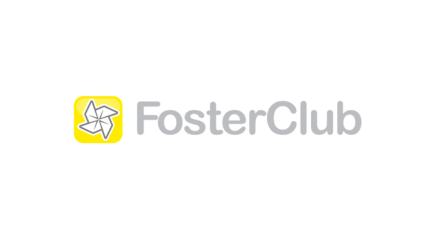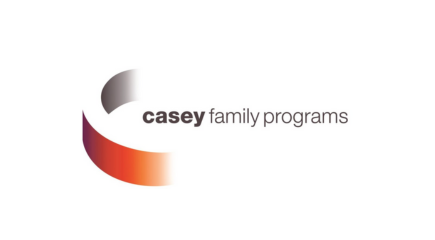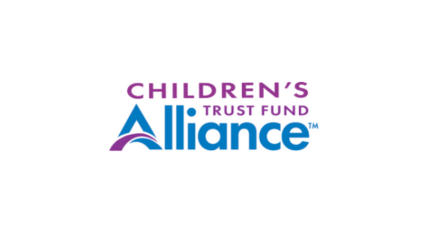Finding Hidden Resources: How Outreach Strengthens Child Welfare Support
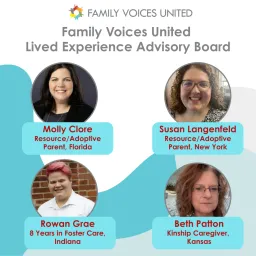
Families in the child welfare system often need more help than they can easily find. While many local organizations provide support, child welfare agencies may not always know about them to be able to share information with families.
By reaching out, building relationships, and using tools like social media, child welfare agencies can connect families to the resources they need most. Outreach makes support visible and accessible to everyone.
Members of the Family Voices United Lived Experience Advisory Board (LEAB) share how to connect with resources to support families.
Why Outreach is Essential
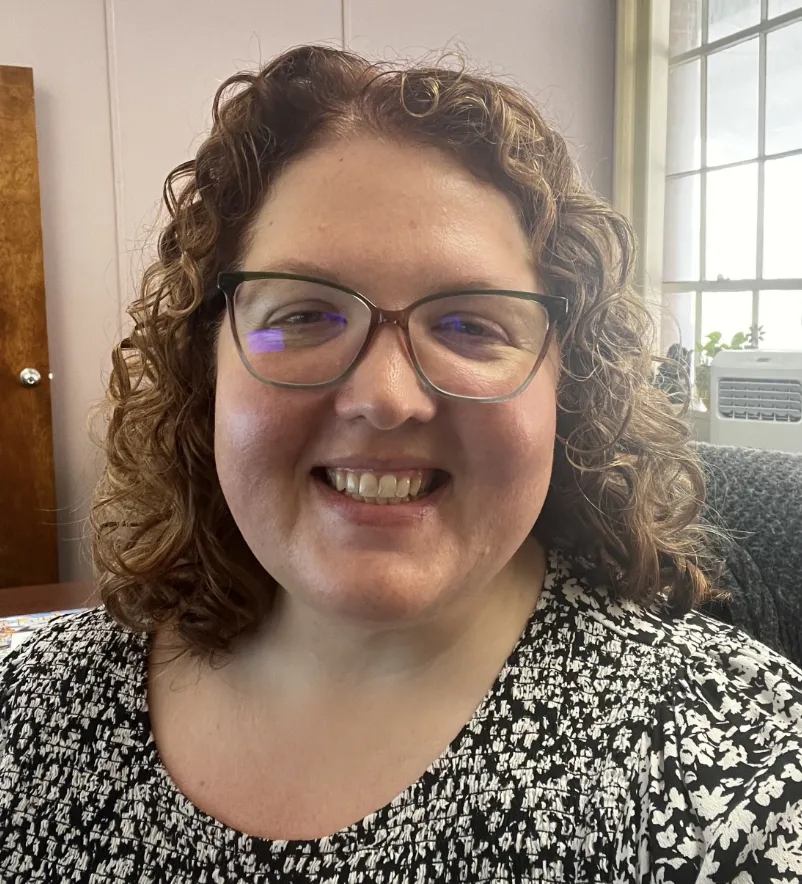
LEAB Member: Susan Langenfeld (she/her), Resource/Adoptive Parent, New York
In many communities, families don’t know where to turn for help. Child welfare agencies often face the same challenge. Susan Langenfeld, a resource/adoptive parent from New York, has insights on how to get the message out:
“How else would agencies know these organizations are out there unless they reach out? Even a flyer at the library or a Facebook group can connect people to support they didn’t know was available.”
Even small efforts, like posting on social media or leaving flyers at a school, can reveal dozens of community organizations already doing the work.
Using Social Media to Find Resources
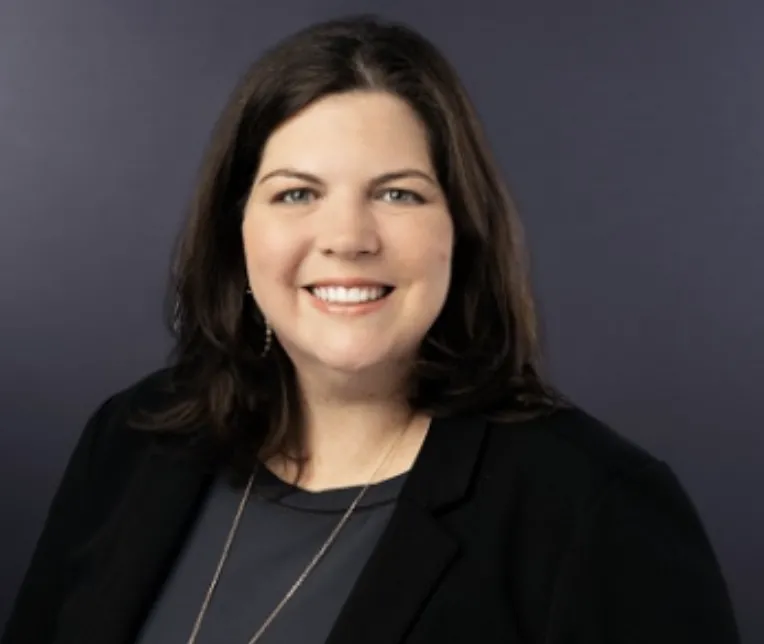
LEAB Member: Molly Clore (she/her), Resource/Adoptive Parent, Florida
Molly Clore, a resource/adoptive parent from Florida, shares a real-life example of how social media can uncover hidden support:
“When our agency moved into a new area, we didn’t know which groups were active. So, we bought sponsored ads on Facebook asking if people knew of organizations that support foster families or wanted to start one. Social media, especially Facebook, has been one of our best tools for finding those hidden resources.”
Social media connects people quickly. A single post can uncover mentors, volunteers, and organizations that agencies may never find through traditional channels.
Addressing Communication Gaps
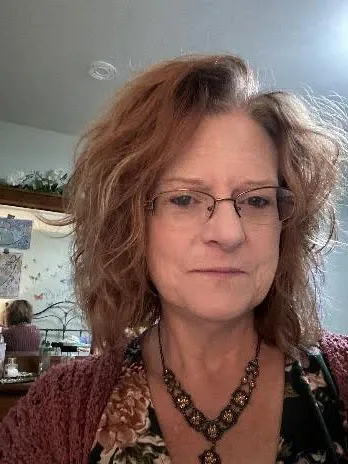
LEAB Member: Beth Patton (she/her), Kinship Caregiver, Kansas
In rural areas, the lack of communication makes families feel invisible. Beth Patton, a grandparent raising her grandchildren in Kansas, explains:
“In my small rural community, grandparents like me raising our grandkids feel invisible. There’s little communication between agencies, schools, and child welfare. We don’t have grassroots groups here, but I’ve wanted to start one. The problem is, when child welfare gives families a list of resources, too many are outdated or disconnected. They need to really know the resources in their community.”
When agencies keep resource lists updated and strengthen communication, families don’t have to navigate the system alone.
Direct Outreach to Find Solutions
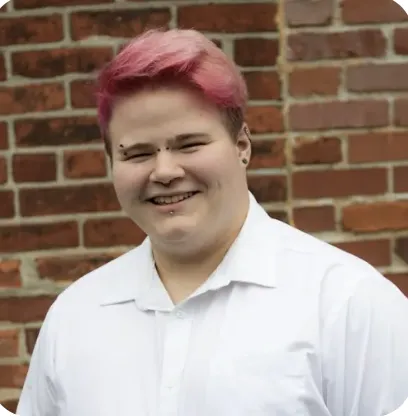
LEAB Member: Rowan Grae (they/them), 8 Years in Indiana Foster Care System
Rowan Grae, who spent 8 years in Indiana’s foster care system, emphasizes the importance of agencies going straight to the source:
“Child welfare workers should go directly to the resources they have and ask, ‘What can you offer for this situation?’ Communication is often missing between different offices. Sometimes another office has exactly what a family needs, but no one shares that information.”
Proactive outreach helps make sure families get help faster and encourages collaboration between offices and community partners.
Outreach That Makes a Difference
Reaching out isn’t just about finding names of organizations—it’s about building real connections that strengthen families and communities. When outreach is done well:
- Families get help faster.
- Caseworkers have more tools to support them.
- Communities feel stronger and more connected.
Here are some simple ways to make outreach effective:
- Use social media – Share posts or questions to find local groups supporting families.
- Connect with grassroots leaders – Partner with organizations already doing the work.
- Communicate across offices – Share resources to avoid gaps or duplication.
- Listen to lived-experience voices – Parents, caregivers, and youth know what works.
Outreach done right can transform child welfare from a system of rules into a system of real solutions.
Call to Action
If you work in child welfare or if you’re a volunteer with a community group, try taking these helpful steps in your work with families:
- Post on social media about local resources.
- Call a nearby organization to introduce yourself.
- Attend a school or community event.
- Every connection you make could be the resource a family has been waiting for.
About Family Voices United
Family Voices United is a collaboration between FosterClub, Generations United, the Children’s Trust Fund Alliance, and Casey Family Programs. The project works to improve the child welfare system by listening to, and amplifying, the voices of people who have lived through it. When their experiences shape policy, we all move closer to a system that truly supports children and families.
Take action. Learn more. Share your story at familyvoicesunited.org

